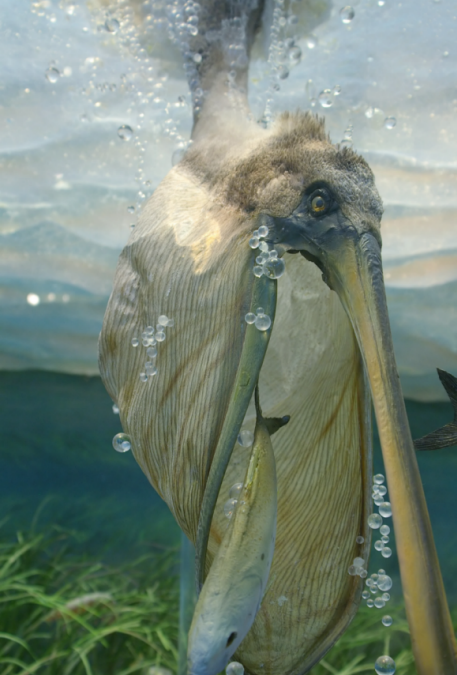1-LS3-1 Use materials to design a solution to a human problem by mimicking how plants and/or animals use their external parts to help them survive, grow, and meet their needs.
If you are teaching the Next Generation Science Standards and are looking for phenomena ideas, you’ve come to the right place! I like to think about phenomena as lesson starters. They are photos or videos showing an observable event in the universe and are used to get kids thinking, asking questions, and discussing their prior knowledge. For more information about using phenomena, there is a handy printable guide and video here:
https://www.nextgenscience.org/resources/phenomena
And now, on to our pelican phenomenon!
The pouch on a pelican’s beak helps it scoop up fish.
This is just like we would use a net.
Our tools help us to do the things birds’ beaks are able to do!
******************************************************************
This excerpt is from the text: All Types of Bird Beaks by Sarah Wassner Flynn. All Types of Bird Beaks is found in, StarrMatica Texts: Science Your Way, a collection of informational texts written specifically to address every K-5 NGSS Performance Expectation. All texts in the collection begin with a phenomenon photo and are written at six different Lexile levels, so all students can read the same content at their reading level. You can find out more about StarrMatica Texts: Science Your Way here: http://www.starrmatica.com/index.php?/main/texts

